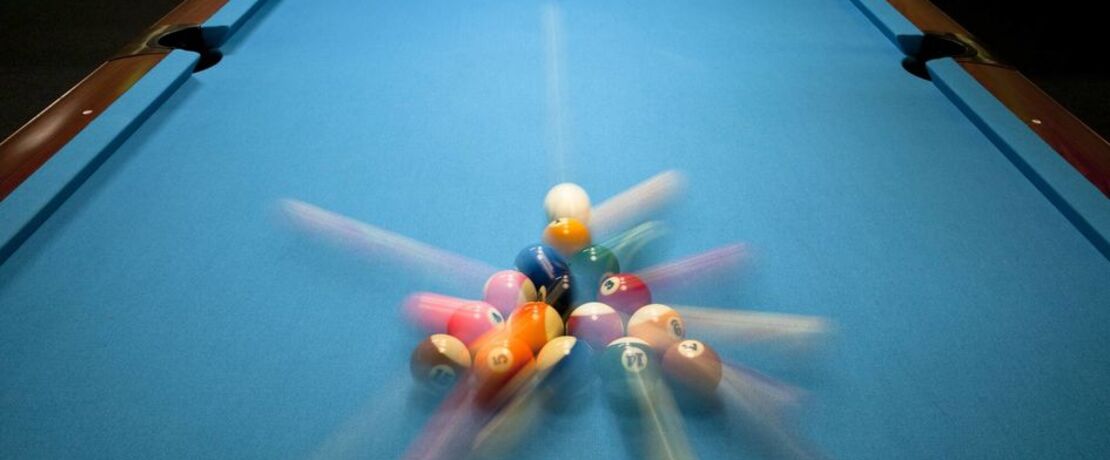
Surface Modification
Dynasylan® for special surface effects
Coating systems must fulfill a large number of functions, ranging from decorative to protective. A coating needs to be resistant to temperature, UV and weathering, withstand mechanical and chemical loads and protect against corrosion. All these effects are intended to ensure that the coating system lasts longer. In addition, coating producers want the formulation to be easy to work with and the entire coating system to be especially sustainable.
Silanes play a major role in fulfilling these requirements. Each of the desired effects can be achieved through surface modification, i.e., a functionalization of surfaces. Modification can make surfaces hydrophobic or oleophobic, for example, meaning that they repel water or oil. Hydrophilic and oleophilic surfaces – those that attract water or oil – are also possible, depending on the application. This treatment enables surface defects to be prevented.
To achieve this effect, the silanes have to be added to the coating. First, they and their functional silicon group bond firmly to the substrate, for example wood, glass or concrete. The organofunctional side of the silane allows the desired effect to be adjusted, achieving an extremely permanent surface modification.
Achieving different surface effects with silanes
Alkyl silanes and fluoroakyl silanes are especially outstanding surface modifiers. Applying alkyl silanes on many mineral substrates creates a hydrophobic effect, for example on porous surfaces such as concrete or natural stone. Silanes from the Protectosil® series provide outstanding protection in this case.
Fluoroakyl silanes, on the other hand, are often used to make surfaces hydrophobic and oleophobic. When applied to smooth surfaces such as glass or ceramic, they create permanent non-stick protection and easy-to-clean properties. Fluoroalkyl silane systems can also be used on porous surfaces such as concrete or natural stone. Appropriate Protectosil® products are also available for this.
They are also suitable for use on materials made of cellulose, such as wood. When Dynasylan® F 8815 is applied to a wooden surface, for example, no water, oil or grease can soak into the surface. This not only gives the coated object a longer lifespan, it also prevents dirt particles carried in water or oil from penetrating the surface – ensuring permanent protection.
Better dispersibility and higher filler quantities
The opposite effect is also possible. Silanes with hydrophilic properties include, for example, amino, polyethylene oxide and epoxy silanes. They are ideal for use on mineral materials. The benefits? These properties enhance the dispersibility in polar solvents, water and polar polymers and enable higher filler quantities.
In inorganic materials, an organophilic effect can be achieved by using a range of organofunctional silanes.
The benefits at a glance:
- Better resistance to UV radiation and weathering
- Hydrophobic, oleophobic or even hydrophilic, depending on the application
- Better dispersibility of the coating
- Better compatibility between the organic substrate and inorganic polymer
- Higher filler quantities
